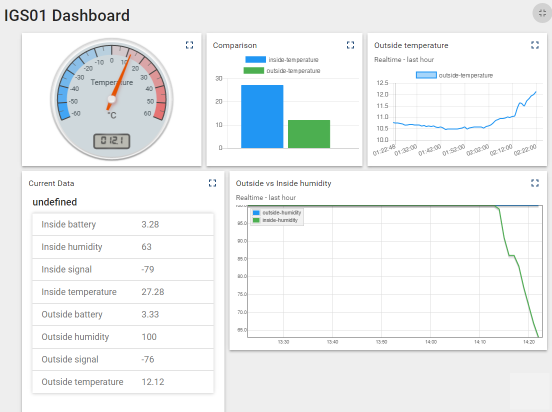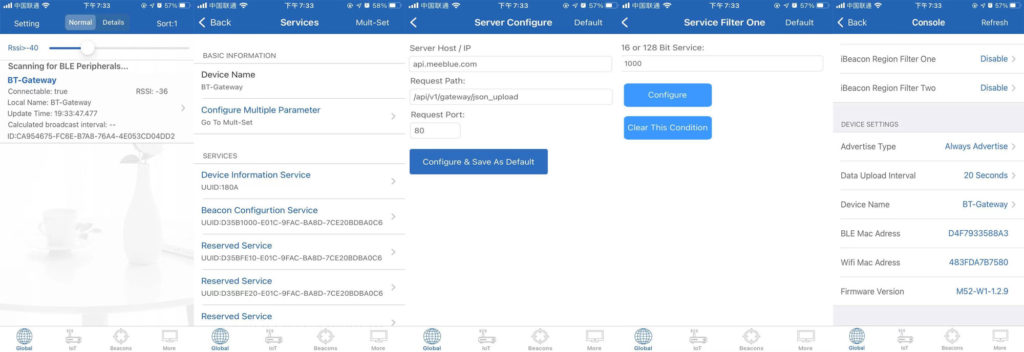There’s an old, yet pertinent, post at Hotel Online, by Dr. Michael Arner is the Chief Technology Officer of RoamingAround, on How Do You Choose Which Beacons to Have Faith In? The article questions the merits of being tied in to a particular supplier’s hardware or software features.
The article gives the opinions:
“If you’re a beacon merchant, I suppose it’s great to have clients that are willing to shackle themselves to your super-special hardware, but if you’re the consumer, it’s usually best to avoid doing so when you can.”
“In reality, iOS and Android devices can both speak to both protocols and there are very few reasons why you shouldn’t be choosing a solution that’s beacon agnostic.”
Regarding security:
“There exist beacons which maintain proprietary end-to-end encryption, and these should be purchased, in the very rare case they’re needed”
On Customer service:
“Multiply-source your vendors and then you’ll discover that the decisive factor ends up being not the device stats but the customer service”
There’s also the issue of longevity. Since the article was written, many beacon SAAS platforms with tied hardware have ceased to be in business.
Summarising the advice in the article, look beyond what’s being offered or promoted by vendors. They will always be promoting their unique selling points but those might not actually be the decisive factors for your project.

